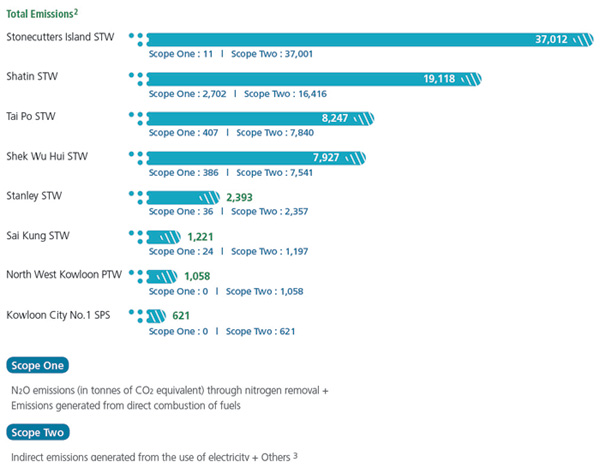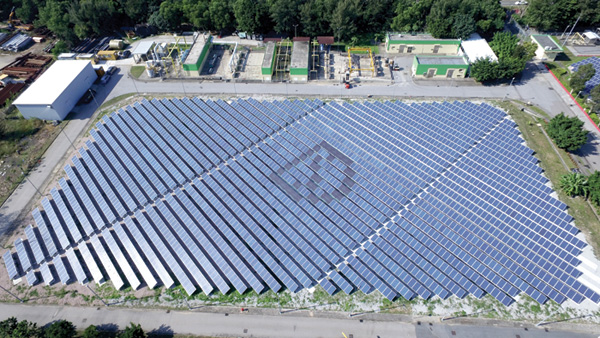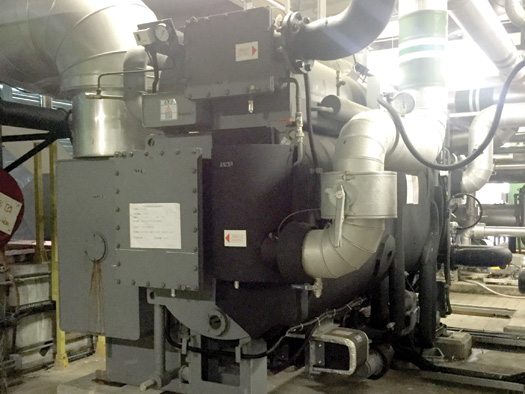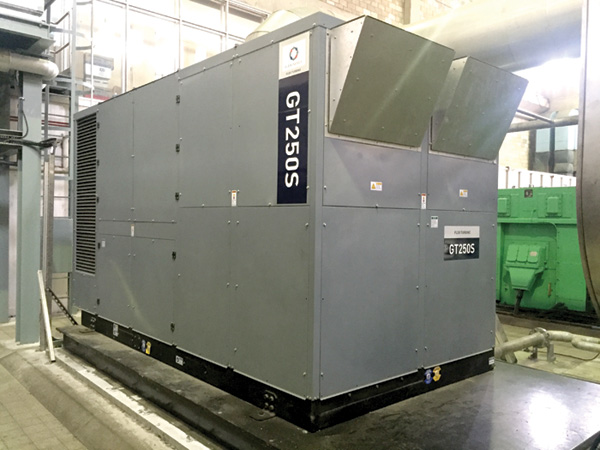Environmental Management
Energy Management and Emission Control 
Sewage treatment is an energy intensive process. To save energy and reduce carbon emission arising from sewage treatment, DSD formed the Energy and Emission Management Team in 2007 to formulate and implement various energy saving measures and steer the application of renewable energy.
Carbon Audit
Carbon audit enables DSD to identify major sources of emission and mitigate greenhouse gas emissions by reducing energy consumption, enhancing operation efficiency and using renewable energy, etc.
During the year, we conducted carbon audits for the Sai Kung Sewage Treatment Works (STW), Kowloon City No. 1 Sewage Pumping Station (SPS), North West Kowloon Preliminary Treatment Works (PTW), Stonecutters Island STW, Tai Po STW, Shatin STW, Shek Wu Hui STW and Stanley STW.
Looking forward, we will conduct carbon audit and adopt appropriate carbon reduction measures in more of our STWs and construction projects to reduce carbon footprint with a view to providing quality drainage and sewage treatment services for the public in the most environmentally friendly manner.
Carbon Footprint in 2015 (in tonnes of CO2 equivalent)
Energy Saving Measures
In 2016-17, we continued to optimise the operation of the sewage treatment works and sewage pumping stations, while replacing ageing equipment with more energy efficient types in order to save energy. Implemented energy saving measures included:
- Optimising operation procedures and replacing old equipment with more energy efficient types at the sewage treatment works;
- Installation of photovoltaic solar panel;
- Replacement of conventional fluorescent lamps with light emitting diode (LED) lamps; and
- Installation of biogas electricity generator (gas turbine).
During the year, through various energy saving measures, we saved about 1.54 million kilowatt-hours (kWh) of electricity (equivalent to carbon reduction of about 1,078 tonnes4).
Electric Vehicle
Powered by batteries, the operation of electric vehicles (EV) does not involve gasoline combustion or produce emission, which helps improve roadside air quality in Hong Kong. As at March 2017, there are 35 EVs in our fleet. In 2016-17, an additional of more than 10 medium EV chargers were installed in our sewage treatment works and sewer pumping stations in various district across Hong Kong making charging more convenient and readily available.
Renewable Energy
Installation of Photovoltaic Solar Panels in Sewage Treatment Facilities
We have deployed large-scale photovoltaic (PV) systems to supply electricity to our major facilities, including the Shatin STW, Sham Tseng STW, Yuen Long STW, Sai Kung STW, Shek Wu Hui STW, Sandy Bay PTW, Stonecutters Island STW and Siu Ho Wan STW. Estimated total generation capacity is 1,320 kilowatts (kW).
PV System at Siu Ho Wan STW
The largest PV system in Hong Kong was installed and commissioned at Siu Ho Wan STW during 2016-17. It is anticipated that the Solar Farm can generate as much as 1.1 million kilowatt - hours of electricity annually.
Turning Biogas to Energy
Sludge generated during the sewage treatment process would be anaerobic digested and produce biogas which is a form of renewable energy. We have improved the overall energy efficiency of our sewage treatment works through effectively use of biogas, including installation of combined heat and power (CHP) generators and use of gas-turbines to generate thermal and electric energy. The biogas CHP generator and gas-turbine system are clean technology with lower carbon emission. In 2016-17, a gas-turbine was installed in the Shatin STW to effectively use biogas. Furthermore, an absorption chiller was also brought into operation in 2017 to convert waste heat into air conditioning application.
We installed a total of five CHP generators (with a combined capacity of 3.6 MW) at the Shatin STW, Tai Po STW and Shek Wu Hui STW. Gas-turbines (with a total capacity of 280kW) were also installed at Shatin STW and Yuen Long STW. The total equivalent electricity generated by biogas in our STWs achieved about 21 million kWh in 2016-17.
| 2 | Figures are rounded up and may not add up exactly to the total. |
|---|---|
| 3 | This includes total greenhouse gas emissions arising from tree planting, refrigeration, sludge digestion, fresh water consumption and waste paper disposal. |
| 4 | Using Hong Kong-wide default values of 0.7kg CO2 equivalent per kWh. |











